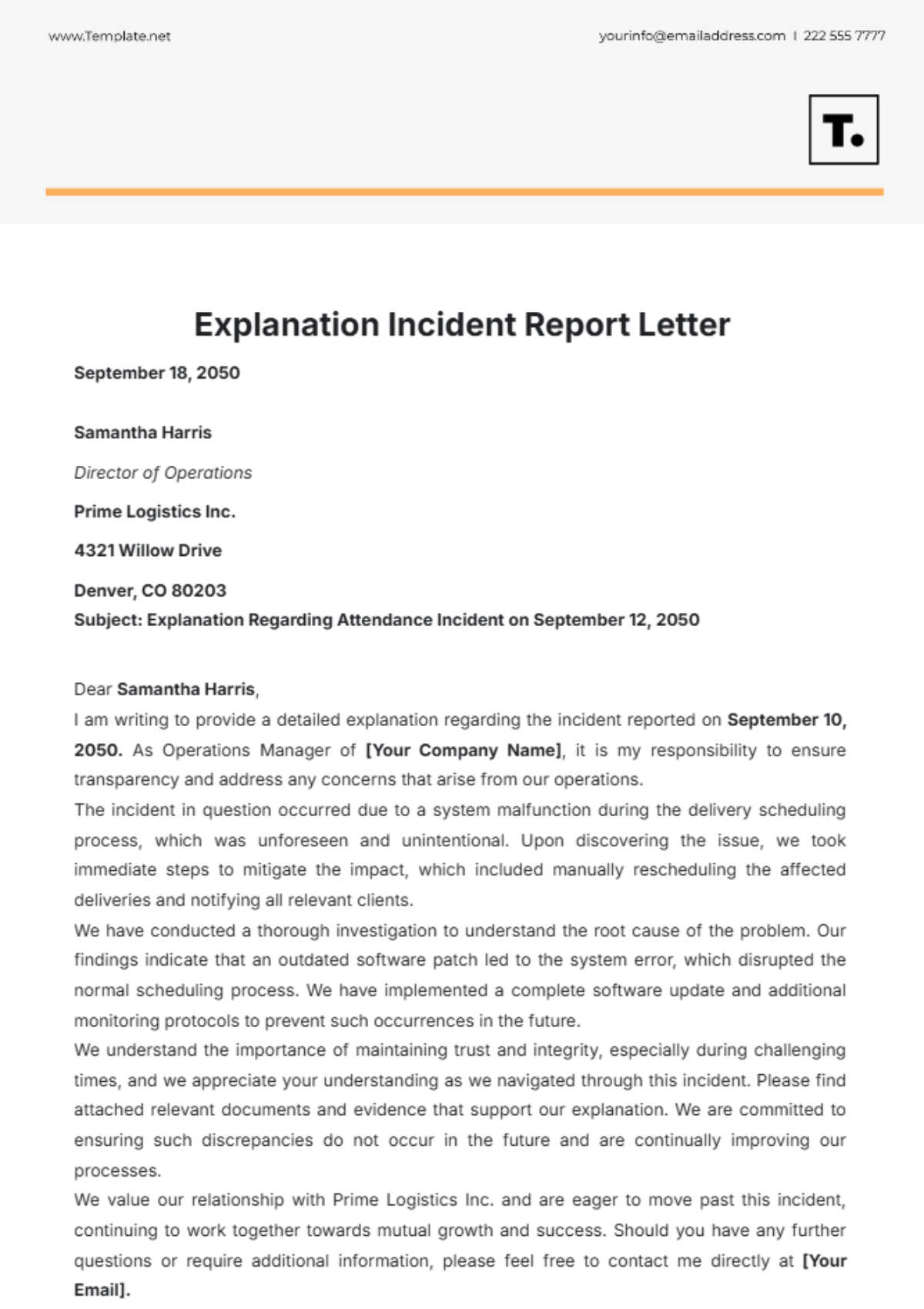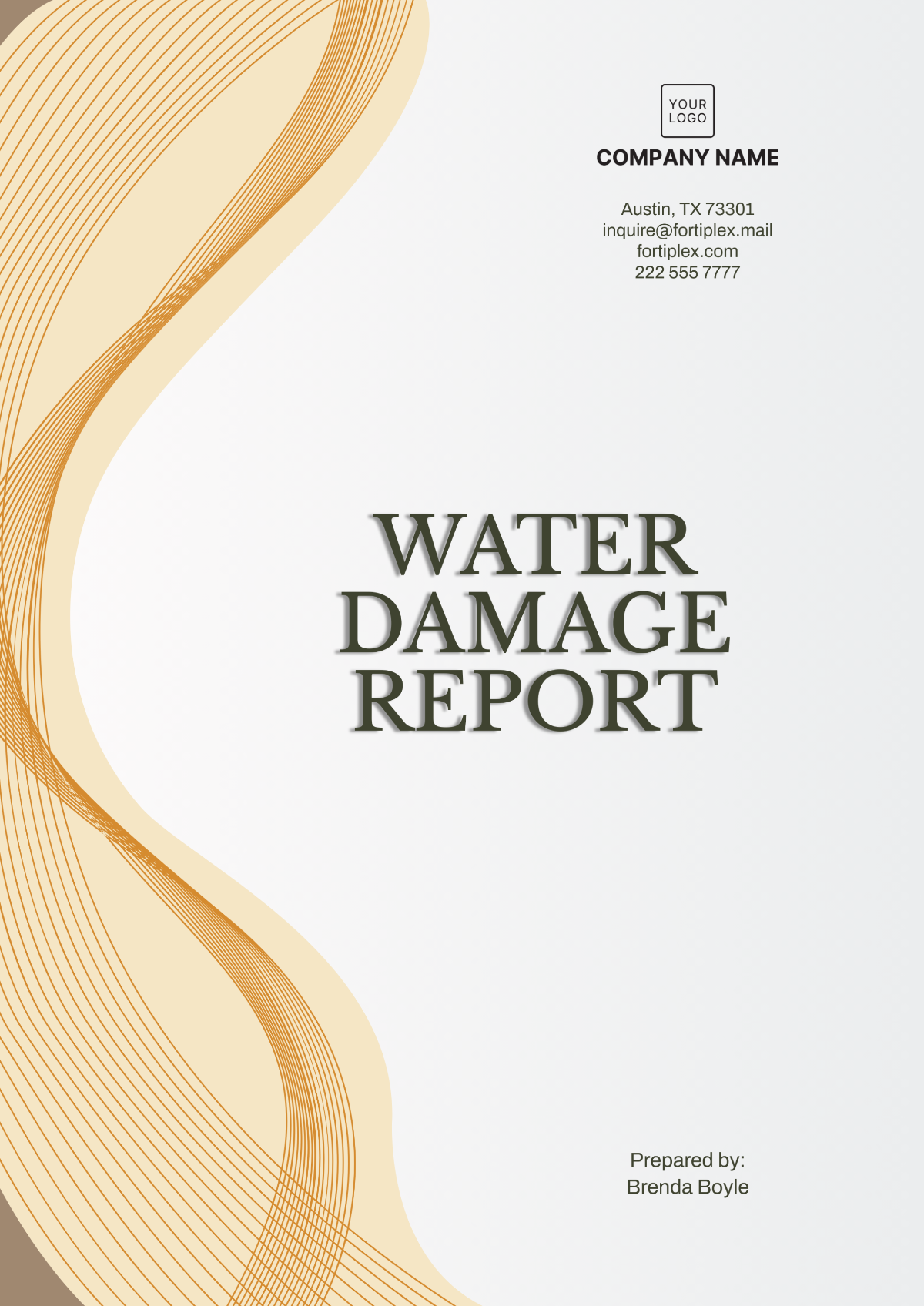Cosmetic Store Report
1. Executive Summary
This report offers a thorough analysis of the current state of the cosmetics industry, the performance of [Your Company Name] stores, and strategic recommendations for future growth in 2050 and beyond. As the industry evolves, so too must our approach to market positioning, customer engagement, and product offerings. This document evaluates key performance indicators, industry trends, consumer behavior, and competitive positioning, providing actionable insights that will drive decision-making in the coming years.
The cosmetics industry in 2050 is undergoing profound changes, with sustainability, wellness integration, and advanced technologies leading the charge. To remain competitive, [Your Company Name] must embrace these trends and adapt to an increasingly digital and environmentally conscious consumer base. This report outlines a clear path for continued growth, focusing on expanding our product lines, enhancing customer experiences, and optimizing our digital presence.
2. Industry Overview
2.1 Global Market Growth
The cosmetics industry has become one of the largest and fastest-growing sectors globally. As of 2050, the industry is valued at over [$1.5 trillion], with a steady growth rate of approximately [7.2%] per year. This growth can be attributed to several factors, including increasing disposable incomes, heightened consumer interest in self-care, and the rise of digital shopping platforms. Moreover, consumer preferences have shifted significantly, with a greater emphasis on health, wellness, and sustainability.
In terms of market share, skincare is the dominant segment, accounting for nearly [36%] of the total revenue. Makeup and haircare follow closely behind, while fragrances and wellness supplements also represent growing areas of interest. The rise of “beauty from within” products, which combine health and beauty benefits, is expected to become a significant driver of future growth, with wellness supplements projected to see an annual growth rate of [11.8%].
Segment | Market Size ($ billions) | Annual Growth Rate (%) |
|---|---|---|
Skincare | 600 | 9.3 |
Makeup | 350 | 5.6 |
Haircare | 300 | 6.4 |
Fragrances | 250 | 4.1 |
Wellness and Supplements | 70 | 11.8 |
2.2 Consumer Preferences
Consumers are becoming increasingly informed and selective in their purchases. Sustainability is a top priority for many, with [83%] of consumers stating they prefer products with recyclable packaging or those made from eco-friendly ingredients. There is also a growing demand for personalized products, driven by the rise of artificial intelligence (AI) in beauty solutions. AI-based customization has been shown to improve customer satisfaction, with [62%] of consumers expressing a preference for beauty products tailored to their individual needs.
Additionally, wellness-based beauty products, such as those enriched with vitamins, antioxidants, and adaptogens, are gaining in popularity. These products cater to a broader understanding of beauty that integrates health and well-being, contributing to the growth of the wellness segment within the cosmetics market.
3. Store Performance Metrics
3.1 Sales Overview
[Your Company Name] has experienced robust sales performance across its network of stores in 2050. With a total revenue of [$500 million] and an annual growth rate of [8.5%], we continue to see strong results driven by a combination of e-commerce and brick-and-mortar operations. Our stores are strategically located in key metropolitan areas, and our expansion into digital platforms has been pivotal in capturing new customer segments.
Metric | Value |
|---|---|
Total Revenue | $500 million |
Revenue Growth Rate | 8.5% |
Number of Stores | 350 |
Average Sales per Store | $1.4 million |
E-commerce Sales Contribution | 40% |
Customer Retention Rate | 76% |
3.2 Revenue Distribution by Product Category
Revenue distribution across product categories reveals that skincare continues to lead as the most lucrative segment. This aligns with broader market trends, as consumers increasingly prioritize their skin health. Makeup and haircare follow closely behind, while fragrances and supplements also contribute to overall revenue. Our focus on offering a diverse range of products ensures that we meet the varied needs of our customer base.
Category | Revenue ($ millions) | Percentage of Total Revenue (%) |
|---|---|---|
Skincare | 180 | 36 |
Makeup | 125 | 25 |
Haircare | 100 | 20 |
Fragrances | 70 | 14 |
Supplements | 25 | 5 |
3.3 E-commerce vs. Brick-and-Mortar Sales
E-commerce has become a significant revenue stream, contributing [40%] of total sales. This reflects the growing trend of online shopping, particularly among younger demographics who favor the convenience of purchasing beauty products from their mobile devices. However, brick-and-mortar stores still play a vital role in our strategy. Many customers prefer to experience products in person before making a purchase, particularly in skincare and fragrance categories. As such, we are enhancing our in-store experiences with digital features like virtual consultations and AI-based product recommendations to further drive engagement and sales.
4. Competitor Analysis
4.1 Key Competitors
The cosmetics industry is highly competitive, with numerous brands vying for consumer attention. Major competitors include Brand X, Brand Y, and Brand Z, each of which has carved out a unique niche in the market. Brand X is known for its advanced technology integration, including AI-powered skin analysis tools, which has helped it attract a tech-savvy audience. Brand Y, on the other hand, focuses on organic and wellness-based formulations, appealing to the growing demand for eco-friendly and natural beauty products. Brand Z has built a strong e-commerce presence, leveraging augmented reality (AR) shopping experiences to create a highly engaging customer journey.
Competitor | Market Share (%) | Key Differentiators |
|---|---|---|
Brand X | 15 | Advanced technology integration |
Brand Y | 12 | Focus on organic and wellness-based formulations |
Brand Z | 10 | Strong e-commerce presence with AR shopping |
4.2 Competitive Positioning
[Your Company Name] has established itself as a trusted brand that combines high-quality products with a focus on customer education and sustainability. While we face strong competition, our emphasis on scientific formulations, customer-centric service, and eco-friendly practices provides us with a unique value proposition. Moving forward, we aim to increase our market share by targeting both metropolitan markets and online-centric customers through personalized experiences and product offerings.
5. Customer Demographics and Behavior
5.1 Customer Segmentation
Understanding the demographics of our customer base is crucial for tailoring our products and marketing strategies. Our primary customer segments include Gen Z (ages 18-30) and Millennials (ages 31-45), who make up [45%] and [35%] of our customer base, respectively. These segments are highly loyal and value both quality and sustainability. Additionally, we have a smaller but growing customer base among Gen X (ages 46-60) and Baby Boomers (ages 60+), who represent [15%] and [5%] of our customers, respectively.
Demographic Segment | Percentage of Total Customers (%) |
|---|---|
Gen Z (18-30) | 45 |
Millennials (31-45) | 35 |
Gen X (46-60) | 15 |
Baby Boomers (60+) | 5 |
5.2 Customer Behavior Analysis
Our analysis of customer behavior reveals key insights that guide our sales and marketing strategies. The average customer makes five purchases per year, with a significant increase among loyalty program members, who purchase up to seven times annually. The average order value currently stands at [$75], but this number is steadily increasing as customers opt for bundled offerings and high-value products.
E-commerce continues to grow in importance, with mobile devices accounting for [65%] of all online traffic. Social media is a critical touchpoint in the customer journey, with many customers engaging with product content before making a purchase. The rise of mobile shopping has prompted us to optimize our website and mobile app to provide a seamless shopping experience.
6. Product Performance Analysis
6.1 Best-Selling Products
The performance of our top products is an essential indicator of our success. Skincare remains our most popular category, with products like the Radiant Glow Serum leading the way. This serum has generated [$50 million] in annual sales and has a customer rating of 4.7 out of 5. Our makeup products, such as the All-in-One Foundation, also perform well, contributing [$40 million] in sales. Haircare products, particularly the Herbal Hair Growth Tonic, have garnered a loyal following, with [$35 million] in annual sales. These products all reflect our commitment to high-quality, effective formulations that meet the needs of our customers.
Product | Category | Annual Sales ($ millions) | Customer Rating (out of 5) |
|---|---|---|---|
Radiant Glow Serum | Skincare | 50 | 4.7 |
All-in-One Foundation | Makeup | 40 | 4.5 |
Herbal Hair Growth Tonic | Haircare | 35 | 4.6 |
6.2 Underperforming Products
While our flagship products perform well, there are a few items that have not met sales expectations. These include some of our fragrance lines, which have seen a decline in interest due to shifting consumer preferences towards more personalized or wellness-focused beauty items. We plan to address this by reevaluating our fragrance formulations and packaging to better align with the current trends.
7. Marketing and Advertising Strategy
7.1 Digital Marketing
Our digital marketing efforts are crucial in driving brand awareness and customer engagement. Social media platforms, particularly Instagram, TikTok, and YouTube, are our primary marketing channels, with influencers playing a significant role in reaching younger audiences. Content such as tutorials, product reviews, and “behind the scenes” footage has proven to be highly effective.
We also invest heavily in search engine optimization (SEO) and paid advertising to capture high-intent customers who are actively seeking beauty products. Paid search ads currently represent [20%] of our marketing budget, with a strong return on investment. Additionally, we have seen a steady increase in conversion rates from personalized email marketing campaigns.
Platform | Marketing Spend (%) | ROI (%) |
|---|---|---|
35 | 25 | |
TikTok | 30 | 20 |
YouTube | 25 | 18 |
Paid Search | 20 | 22 |
7.2 In-Store Experience
Our in-store experience is designed to offer more than just a transaction. Customers can engage with beauty advisors, experience personalized skin consultations, and test products before purchasing. We are also integrating virtual try-ons and augmented reality (AR) displays to enhance the shopping experience. These innovations not only attract new customers but also ensure that our existing clientele remains loyal and engaged.
8. Future Outlook
8.1 Market Trends
Looking forward, the cosmetics market will continue to be shaped by technological innovation, sustainability, and the increasing demand for products that support overall health and wellness. The growing interest in clean beauty and plant-based ingredients will likely drive further product development in these areas. Additionally, the integration of AI and augmented reality into both product offerings and customer experiences will become more widespread, enabling highly personalized and engaging beauty journeys for consumers.
8.2 Strategic Recommendations
To maintain our competitive edge, [Your Company Name] should focus on the following areas:
Expanding our presence in emerging markets, particularly in Southeast Asia and South America.
Leveraging technology to offer personalized beauty experiences, both online and in-store.
Furthering our commitment to sustainability by introducing eco-friendly packaging and transparent sourcing practices.
Strengthening our e-commerce platform and social media presence to better engage with our tech-savvy customer base.
By staying ahead of industry trends and maintaining our focus on quality, sustainability, and innovation, [Your Company Name] will continue to thrive in the ever-evolving cosmetics market.
9. Conclusion
[Your Company Name] is well-positioned for continued success in the cosmetics industry as it moves into 2050 and beyond. By focusing on product innovation, sustainability, and enhanced customer experiences, the company can drive growth and strengthen its position in a highly competitive market. The strategies outlined in this report provide a clear roadmap for the future, ensuring that [Your Company Name] remains a leader in the industry for years to come.

















































